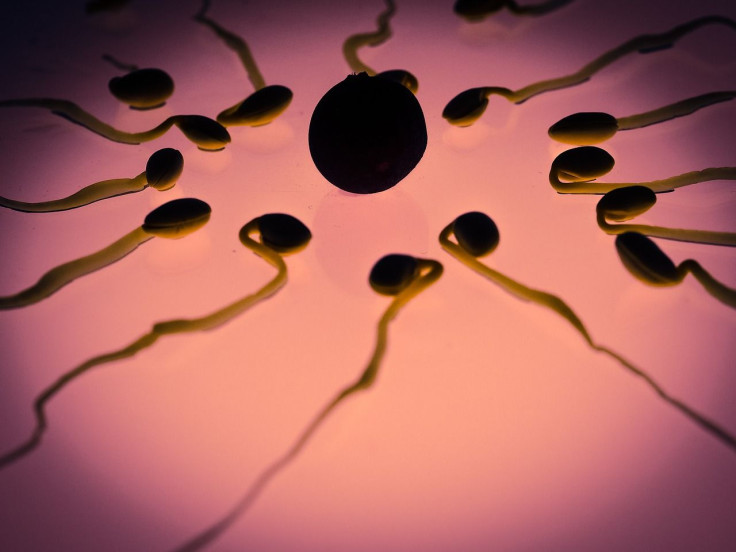Women's Eggs Inherently Choosy When It Comes To Which Sperm Fertilizes It, Research Reveals

KEY POINTS
- A new study revealed that egg cells are selective when it comes to the sperm that will fertilize them
- Researchers stated that it's the egg's way to find the mate that possesses the best genes
- The chemoattractants released by the eggs act like a breadcrumb trail that a sperm tracks
Women’s egg cells are very choosy when it comes to picking out the sperm it welcomes in for fertilization, a new study reveals.
It is the nature of most women to be very selective in what to wear, shopping, and, most of all, who among the suitors will be a longtime partner. Today, researchers reveal that even women’s egg cells are also very particular when it comes to selecting the best sperm for fertilization.
The One
Much like the movie Matrix, there may be myriads of possible candidates for greatness, but there can only be one who is destined to clinch the role. According to information found on the National Center for Biotechnology Information website, while many sperm can bind to a single egg cell, oftentimes, only one can fuse with the egg plasma membrane and insert its nucleus and other organelles into the egg’s cytoplasm.
Researchers from Sweden analyzed leftover samples from 16 couples who are getting reproductive treatment. They found that the female egg releases a chemical that attracts only particular sperm types, regardless of whether or not they come from the chosen partner of a woman. These findings were published Tuesday in Proceedings of the Royal Society journal.
Identifying The Best
According to Dr. John Fitzpatrick, lead author of the study, this selectiveness may be a way of identifying the mate that possesses the best genes. Dr. Fitzpatrick is also an assistant professor in the Zoology Department at Stockholm University in Sweden.
In an interview with CNN, he said that they already expected to see some type of partner effect, but in 50% of the cases, the eggs were observed to be enticing more sperm from a random male. “The most likely explanation for this is that these chemical signals allow females to choose males who are more genetically compatible,” Dr. Fitzpatrick noted.
Releasing Chemoattractants
The researchers are aware at the beginning of the study that eggs discharge chemicals called chemoattractants during the ovulation period. Dr. Fitzpatrick reveals the chemicals act like a “breadcrumb trail” for a particular sperm to locate the egg. In their study, his team found only around 18% of sperm finds the trail.
Some of the sperms then swim vigorously toward the egg when they detect the signal. Dr. Fitzpatrick and his colleagues believe such a process could potentially eliminate sperm, which are considered less desirable and have fewer genetic variants.
© Copyright IBTimes 2025. All rights reserved.





















